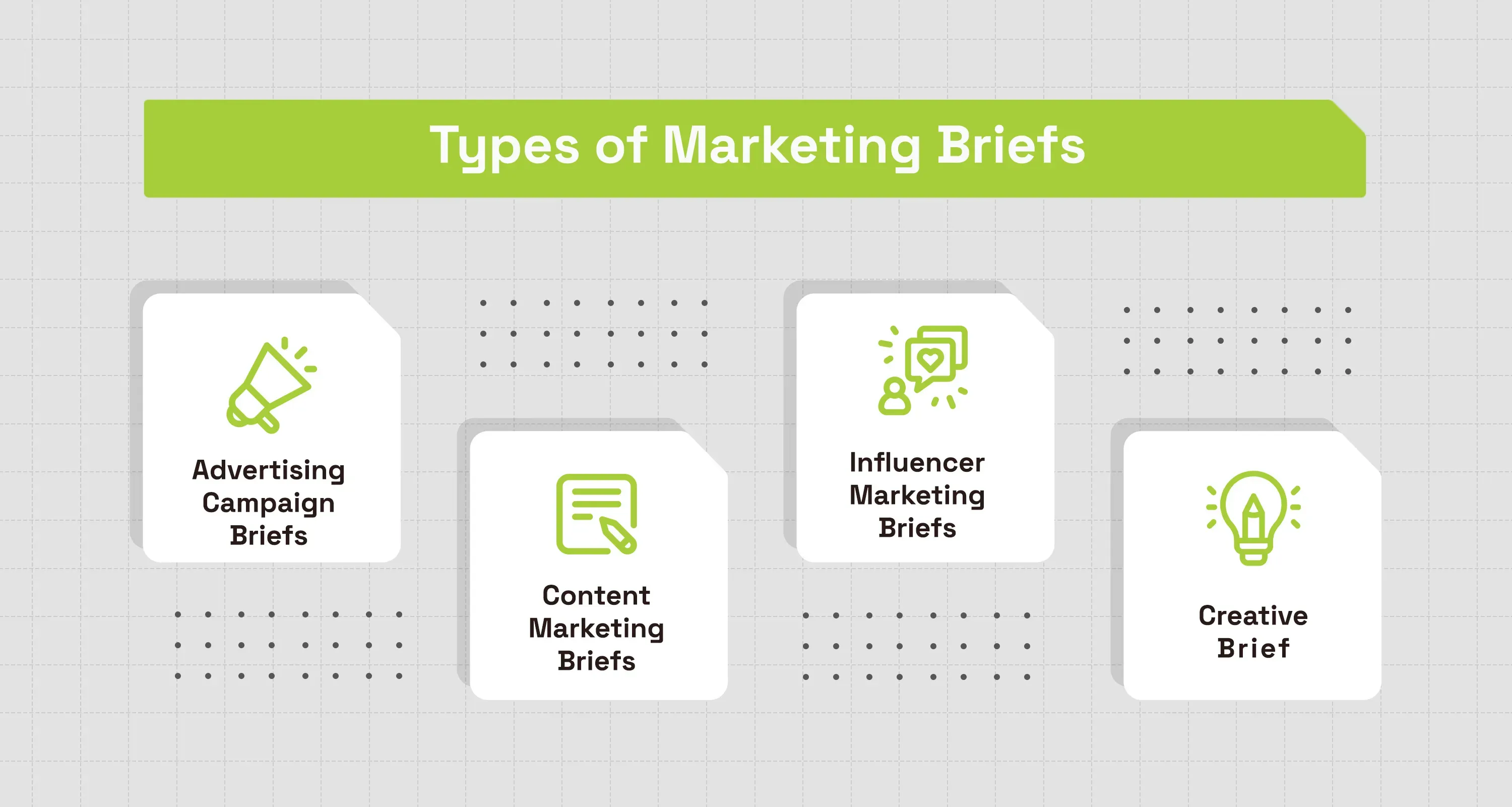The Power of Briefs: How a Strong Campaign Brief Can Transform Your Advertising Efforts

Running advertising and marketing campaigns without a clear roadmap is like embarking on a journey through the night without a destination in sight; although the end goal is defined, the path is full of ambiguity and challenges. Imagine a creative team, full of energy and fresh ideas, moving in different directions without guidance—campaign coherence would quickly be lost. A brief is a concise and practical document that defines the strategy, objectives, and key details of a campaign. With a brief in place, all team members move forward with a shared understanding and unified goal; creativity flows in alignment with brand objectives, and the campaign progresses cohesively and efficiently toward success. In this article, we explore not only what a brief is and why it matters, but also its main components and practical applications.
What is a Brief?
A brief is a concise document that establishes the strategy and objectives of an advertising campaign to ensure coordination among all stakeholders. Typically, it includes the company background, campaign goal, target audience, marketing objectives, strategies, budget, and timeline. By clearly defining these elements, a brief acts as a roadmap for the marketing team, guiding the development and execution of effective campaigns. This structured approach plays a crucial role in maintaining focus, ensuring coherence, and evaluating success relative to predefined goals.
Types of Marketing Briefs: From Creative to Targeted Advertising
Marketing briefs are essential documents that guide various initiatives and advertising activities. Here are some key types:
Creative Briefs: These documents specify the creative approach for marketing campaigns and include details such as objectives, target audience, key messages, tone, and expected outcomes. They serve as a roadmap for designers, writers, video producers, and other creatives to deliver a fully coherent and effective message.
Influencer Marketing Briefs: These briefs are prepared for collaboration with influencers, outlining campaign objectives, target demographics, content guidelines, deliverables, timeline, and compensation details. They ensure that influencers align with the brand’s vision and maintain brand consistency across platforms.
Content Marketing Briefs: These briefs aim to engage specific audiences by creating valuable content. They include information about the target persona, content objectives, key messages, SEO keywords, and distribution plans to ensure content aligns with broader marketing strategies.
Advertising Campaign Briefs: These briefs cover the overall strategy for advertising efforts, including campaign goals, target markets, media channels, budgets, timelines, and success metrics. They provide direction to all advertising activities in a unified manner.

Why Briefs Smooth the Path of Your Campaigns
Briefs are fundamental documents that act as essential roadmaps, promoting team alignment, clarity, consistency, efficiency, measurable goals, problem-solving frameworks, and facilitating the creative process. Together, these elements lead to successful advertising campaigns that connect with the target audience and achieve desired business outcomes. Key reasons briefs matter include:
Clarifying Objectives: Clarity ensures that all team members understand the project’s goal and trajectory, allowing them to focus their efforts and allocate resources optimally.
Ensuring Message Consistency: Briefs help maintain consistent messaging across different platforms and channels. By specifying key messages, tone, and brand guidelines, briefs ensure that all creative output aligns with the brand identity and communicates effectively with the target audience.
Enhancing Team Alignment and Collaboration: Acting as a reference point, briefs keep everyone on the same path, reduce misunderstandings, and promote coordinated efforts.
Facilitating the Creative Process: With clear instructions and defined expectations, teams work more efficiently, reducing revisions and speeding up project completion. This structured approach results in more effective and timely outputs.
Providing Measurable Success Metrics: Effective briefs include clear, measurable objectives and Key Performance Indicators (KPIs), enabling teams to evaluate campaign success. Emphasis on measurable outcomes supports data-driven decision-making and continuous improvement.
Enabling Better Problem-Solving: By accurately outlining challenges and issues, briefs help deliver more targeted solutions. The clearer and more complete the problem statement, the more aligned the efforts with brand needs and audience expectations.
Balancing Flexibility and Creativity: While briefs provide essential guidance, they do not restrict the executing teams, allowing them to think independently and innovate. This balance enables teams to generate ideas while remaining aligned with project objectives.
Behind the Scenes: Smart Briefs of the World’s Leading Brands
Advertising campaign briefs act as guiding documents for successful campaign execution. Many major global brands use briefs to drive more purposeful and targeted campaigns. Below are two successful examples from renowned brands Nike and Coca-Cola.
How Nike Built a Successful Campaign with Influencer Collaboration
Nike has consistently succeeded in leveraging influencer collaborations to introduce new products. A notable example is the campaign for the Pegasus 41 Women's Road Running Shoes, where Nike partnered with a sports influencer to showcase the shoe’s features. The instructions provided to the influencer were carefully structured to ensure brand messaging remained consistent across all produced content. Key components of this brief included:
Product Positioning: Introducing the Pegasus 41 as an ideal shoe for female runners, emphasizing comfort, high performance, and appealing design.
Key Messages: Highlighting features such as advanced cushioning, breathable materials, and long-distance running support.
Visual Guidance: Encouraging influencers to showcase the shoes in real running environments in line with Nike’s brand aesthetics.
Hashtags and Tags: Requiring specific campaign hashtags and tagging Nike’s official accounts to track and amplify the campaign message.
With a precise and structured brief, Nike ensured that influencer-generated content aligned with campaign goals while maintaining brand message consistency, strengthening the Nike brand and consolidating product positioning in the market.

How the “Share a Coke” Campaign Became a Global Phenomenon
Coca-Cola’s marketing campaigns are renowned for their emotional appeal and coordinated execution. One of the most prominent examples is the “Share a Coke” campaign, which featured personalized Coca-Cola bottles and cans. The creative brief for this campaign played a crucial role in coordinating all elements—from visual design to text and intended emotions. Key components of the brief included:
Campaign Objective: Strengthen the brand’s emotional connection with young people and create joyful moments shared both in real life and online.
Target Audience: Young people interested in personalization and social sharing.
Key Message: Coca-Cola is a brand that brings people together and celebrates individuality.
Visual Elements: Using Coca-Cola’s unique font to print individual names on bottles, preserving brand identity while conveying a sense of uniqueness.
Tone and Emotions: Establishing a tone that evokes joy and promotes constructive social connections.
This structured brief enabled Coca-Cola to coordinate all creative outputs, from product design to social media content, delivering the intended emotional impact on the audience.

A brief acts as a map guiding our team toward success. This concise document clarifies objectives, identifies target audiences, defines key messages and strategies, allowing creativity to be applied within a coherent framework. In this context, all team members proceed cohesively and with focus. By relying on a brief, our campaigns are executed not only with greater coordination and unity but also deliver tangible and successful results.